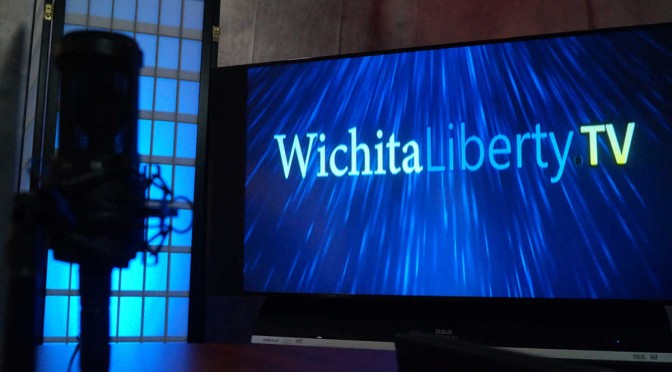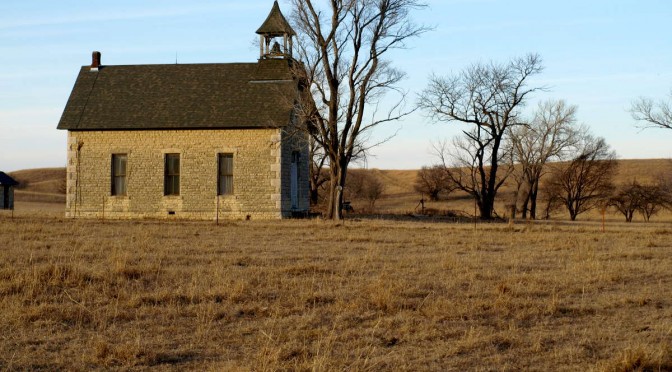A joint statement released by Kansas Association of School Boards, United School Administrators of Kansas, Kansas School Superintendents’ Association, and Kansas National Education Association exposes the attitudes of the Kansas public school establishment.
In a joint statement by the leaders of the Kansas public school establishment the clear theme is that education must be provided by public schools. Not schools in general, but public schools.
There’s no reason that education must be provided by government, and many reasons to keep government out of education. Across the spectrum of human activity, government provides services at high cost, with low levels of diversity and innovation, and with low accountability. School choice programs allow parents and children to find alternative non-governmental sources of education (although charter schools are public schools).
Defenders of public schools over school choice programs note that parents do have choice. Parents can, they say, enroll their children in private schools. But these parents still must pay for the public schools, which severely reduces their ability to pay private school tuition. That isn’t much choice. And for parents in poor neighborhoods, such as Wichita’s zip code 67214 where the median family income is $29,637, there isn’t much money available for private school tuition, or to move their households to suburban school districts. The latter is a form of school choice available to middle-class and wealthy parents that isn’t available to low-income families.
Across the country 393,467 students participate in school choice programs, in this case defined as vouchers, tax credit scholarships, or education savings accounts. There are around 49 million students in public schools. So for every one student in these school choice programs, 125 students remain in public schools.
Despite the small number of students enrolled in school choice programs, the anti-choice establishment vigorously fights against any school choice program, even the small Kansas tax credit scholarship program. Kansas State Department of Education reports that since the beginning of the scholarship program, there have been 73 students awarded scholarships which totaled $108,384.
Seventy-three students. $108,384. The public school establishment describes this as a grave threat, something that drains public schools of funds. For a bit of context, there are executives of Kansas Association of School Boards and Kansas National Education Association that earn more than $108,384 per year. These executives earn these salaries, in part, by blocking the type of school choice programs that benefit children living in Wichita’s zip code 67214 with its median family income of $29,637.
Why is the public school establishment so firmly against school choice? Private schools don’t pay dues to the Kansas Association of School Boards. Teachers not in traditional public schools are not members of Kansas National Education Association, the teachers union. Without this revenue, it might be difficult to pay the high salaries of KASB and KNEA executives and staff.
But there’s more. The ideological bent of these groups is for more government, more taxes, more government spending, and more governmental control over the people of Kansas. Consider this sentence from the joint statement: “Now, we turn our attention this week to the Statehouse in Topeka where the Legislature is gathering to consider how to provide for the people of Kansas.” (emphasis added)
In a nutshell, there is the paternalistic governing philosophy of our state’s public school establishment: Government provides for us.
 Kansas Association of School Boards
Kansas Association of School Boards Kansas National Education Association
Kansas National Education Association Zip code 67214, Northeast Wichita
Zip code 67214, Northeast Wichita










